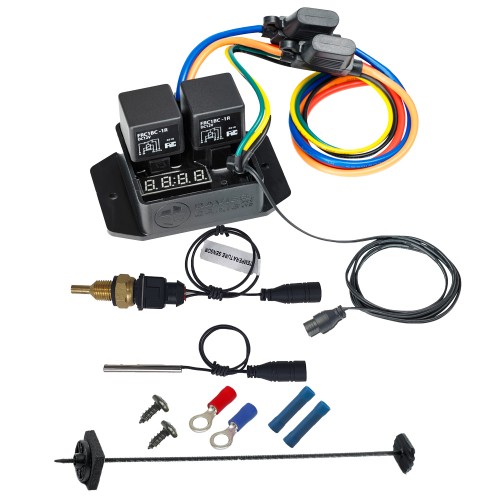MrMarty51
Well-Known Member
I did find an old thread from War Wagon about fan clutches.
If need be, this thread can be added to that thread to save room.
The link to that thread.
If need be, this thread can be added to that thread to save room.
The link to that thread.
6.5 fan and clutch diffrences
Here we have a 21" Duramax fan, 4 bolt 9 blade 19" steel, and a "scrap metal" 6 blade 6 bolt fan and clutch.
www.thetruckstop.us

